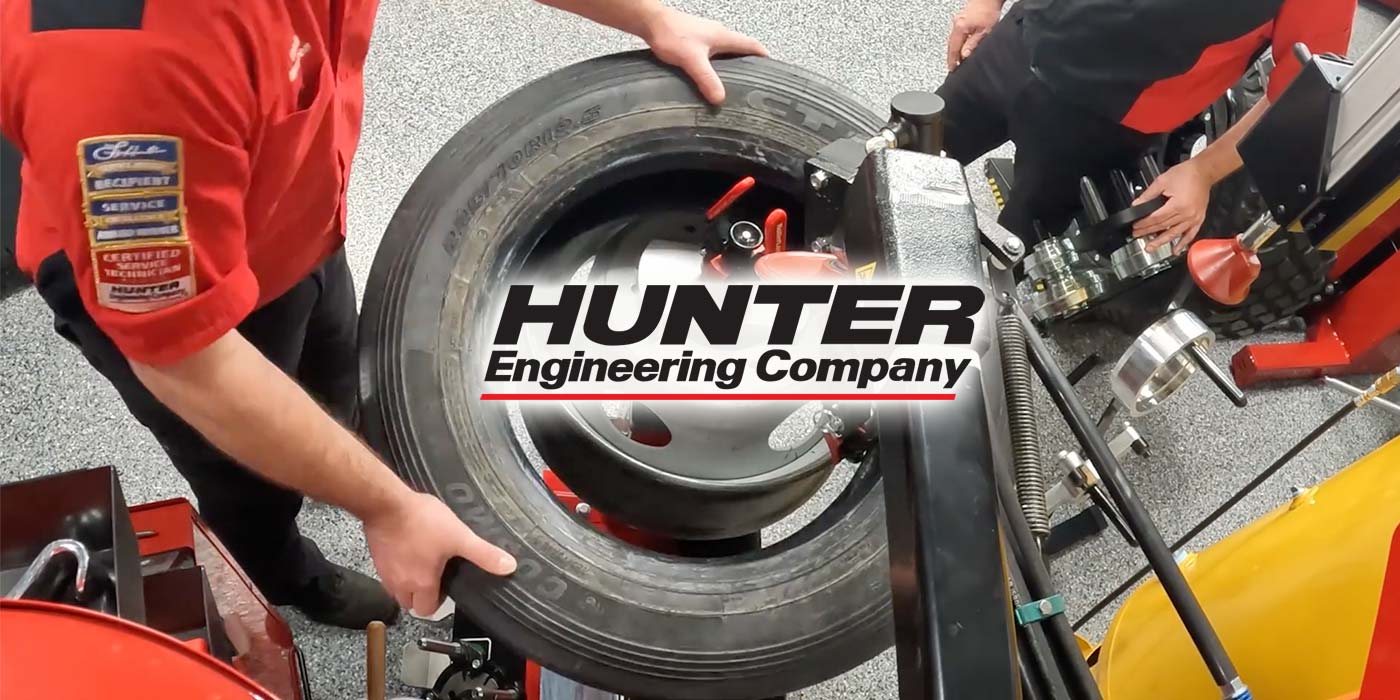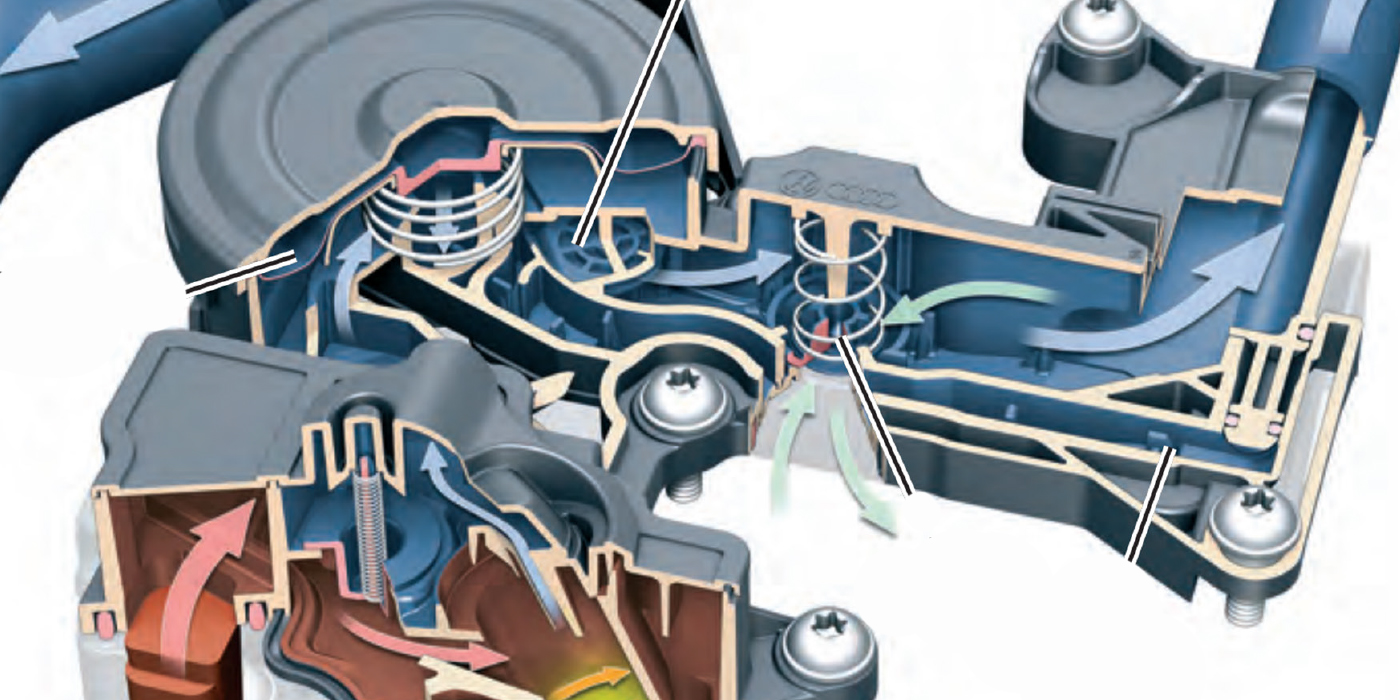When an OEM attaches the cylinder head to the block, it is done in a spotless environment using machines costing millions of dollars. Also, the surfaces have been machined to exact tolerances with the correct surface treatments. When replacing the head gasket on an engine, the deck is literally stacked against you.
You must deal with irregular surfaces, debris and other factors affecting how the cylinder head seals. Even if you follow the service manual to the letter and send the head out for resurfacing, there is still a possibility the new head gasket could leak. If you must do the job over, it could cost your shop up to 10 hours of lost productivity.
One way to reduce the odds of a head gasket leak is to add a bottle like this sealant to the cooling system as the last step of the job. I know what you are saying, “But there isn’t a leak.” There might not be a leak now, but there could be a small leak where the head gasket seals to the block or head after being driven for a few miles.
Sealants will circulate with the coolant and only activate WHEN and WHERE needed. It won’t clog the radiator or heater core. The technology in K-Seal ULTIMATE is carefully engineered to safely and quickly repair coolant leaks, including in the head gasket. Independently university tested to conform to ASTM D3147, K-Seal Ultimate is safe to use in all water-cooled engines including with aluminum heads.
Once the ceramic microfibers have sealed and fixed the leak, a combination of exposure to either the external atmosphere or the gases within the combustion chamber and the heat within the cooling system and engine ensures K-Seal Ultimate makes a permanent repair.
A bottle of K-Seal ULTIMATE in the cooling system after replacing the head gasket can prevent leaks long after the customer has left the shop.
This video is sponsored by K-Seal.













